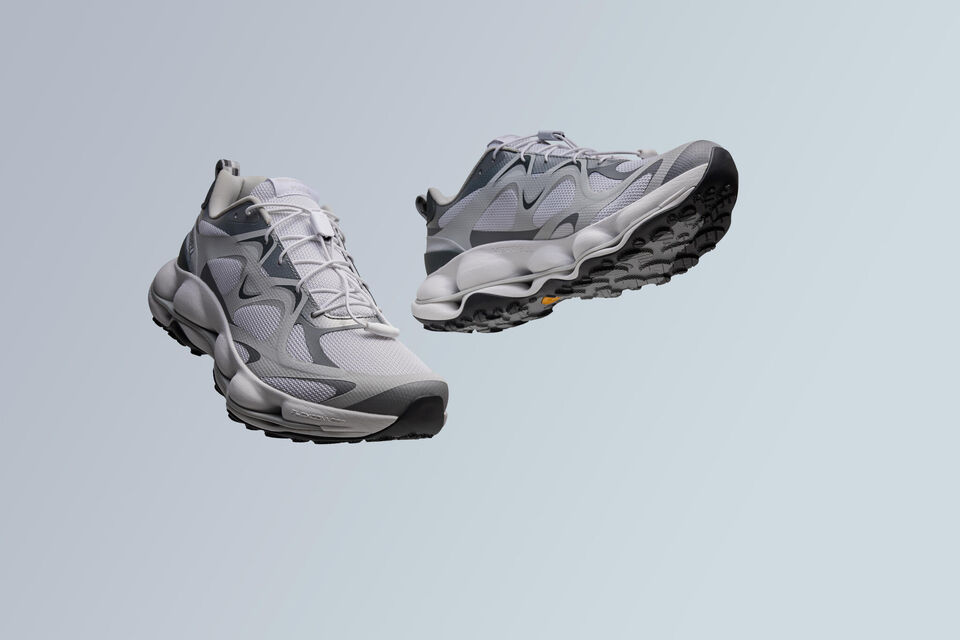Svarar på min egen fråga
Inte för att det besvarar frågan om det är berget som tagit flest människors liv, men farligt verkar det vara .
Fick denna info överskickad till mig av en polare som sett tråden.
Från flera källor.
Around 2.5 million people visit Mt Fuji every year.
During the winter (November-March) Mt. Fuji is prone to avalanches, high winds, and should not be attempted except by the most experienced alpine climbers. The mountain is not technically challenging (you slog up, then slog down again) winds are said to be as powerful as those found at 8000m. Each year, slogging climbers are literally blown off of the mountain to their deaths.
Winds. Strong winds literally blow climbers off the slippery slopes to their deaths far below. There have even been cases of tents flying off of the 5th Station with their occupants onboard.
Mt. Fuji is over 3700m above sea level with conditions that kill climbers every year. Therefore, the season is limited to two months when the weather is not so deadly.
One of my favourite Japanese suicide fun facts is the infamous Aokigahara forest, also known as 'suicide forest'. Located at the foot of Mt. Fuji, it's a favourite place for people to go and hang themselves. Every year the forest is combed by teams of volunteers who collect the bodies. Last year they found 73 bodies and caught and detained 83 people planning to kill themselves.
The trail was often only narrow enough for a single person to pass and these bottlenecks were very dangerous places. Had one person lost their balance, many people could be bowled down the mountain to their deaths.
Mt. Fuji is a very tall cold-hearted mountian. This mountain kills many experienced, warm-hearted alpine climbers.


